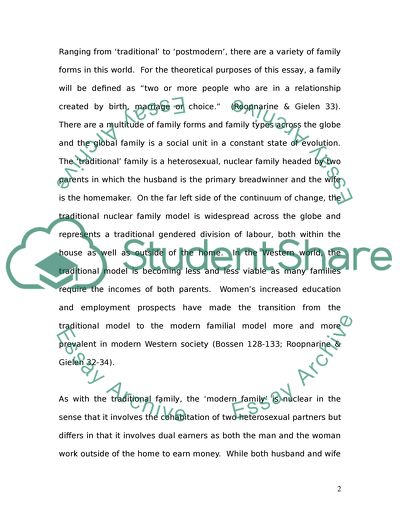Cite this document
(The Roles of Women in a Global World Research Paper, n.d.)
The Roles of Women in a Global World Research Paper. Retrieved from https://studentshare.org/gender-sexual-studies/1557162-the-role-of-women-in-japan-and-middle-east
The Roles of Women in a Global World Research Paper. Retrieved from https://studentshare.org/gender-sexual-studies/1557162-the-role-of-women-in-japan-and-middle-east
(The Roles of Women in a Global World Research Paper)
The Roles of Women in a Global World Research Paper. https://studentshare.org/gender-sexual-studies/1557162-the-role-of-women-in-japan-and-middle-east.
The Roles of Women in a Global World Research Paper. https://studentshare.org/gender-sexual-studies/1557162-the-role-of-women-in-japan-and-middle-east.
“The Roles of Women in a Global World Research Paper”. https://studentshare.org/gender-sexual-studies/1557162-the-role-of-women-in-japan-and-middle-east.


